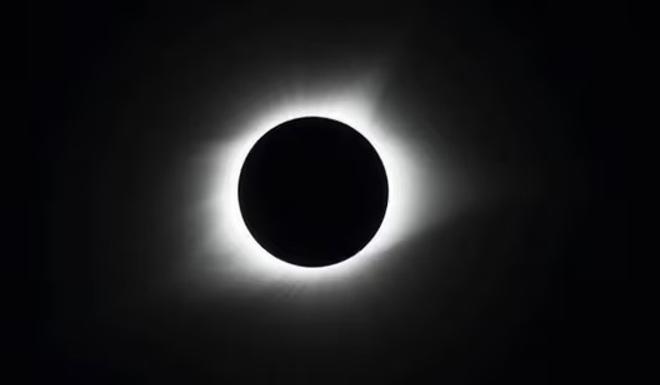Published 15:23 IST, April 4th 2024
April's Astronomical Delights: How to Catch Celestial Marvels in the Sky
With a lineup of celestial events curated by none other than the cosmos itself, this month promises to be a treat for those with their eyes on the heavens.

As April unfolds, the night sky is poised to put on a dazzling display for sky watchers and astronomy enthusiasts alike. With a lineup of celestial events curated by none other than the cosmos itself, this month promises to be a treat for those with their eyes on the heavens, according to NASA.
Mars and Saturn's Morning Rendezvous
Early risers in the first half of April are in for a celestial treat as Mars and Saturn rise together in the morning sky. Located low in the eastern horizon, approximately 10 degrees above, these two planets will be in close proximity to Earth throughout the second week of April, with their closest approach slated for April 10 and 11.
Jupiter's Evening Brilliance
In the evening of April 10, keen observers can spot the Moon paired with Jupiter in the western sky. Jupiter, recognizable by its bright, steady glow, will be visible low in the west after sunset throughout the month. Accompanying the Moon, just a few days past its "new moon" phase, will be a slender crescent, revealing only 7% of its illuminated surface.
The 'Mother of Dragons' Comet
April marks the prime time to catch a glimpse of the comet 12P/Pons-Brooks, affectionately dubbed the 'Mother of Dragons' comet. Reportedly increasing in brightness, this comet is easily observable with binoculars or a small telescope, especially in areas free from the glare of city lights. Positioned just below the Moon and slightly to the right of Jupiter, time is of the essence for observers, as the comet will dip below 10 degrees above the horizon within an hour after sunset and will set shortly after.
Total Solar Eclipse Extravaganza
The pinnacle of celestial spectacles in April is the total solar eclipse set to occur on April 8. The next total solar eclipse is not forecasted for another 21 years, making this as a truly special occasion. For those unable to witness it in person, NASA will be broadcasting a live webcast from multiple locations.
As the curtains of night unfurl, the celestial stage is set for an awe-inspiring performance throughout April. Whether it's the morning rendezvous of Mars and Saturn, the evening brilliance of Jupiter, the 'Mother of Dragons' comet's celestial dance, or the total solar eclipse extravaganza, there's no shortage of cosmic wonders to behold for those willing to look up and marvel at the wonders of the universe.
Updated 15:23 IST, April 4th 2024


